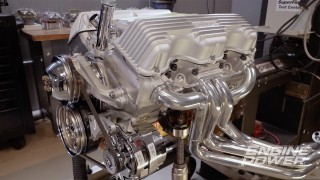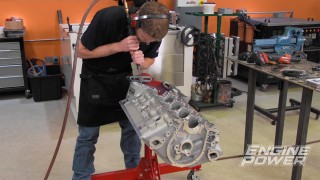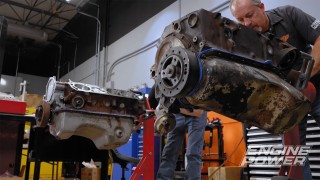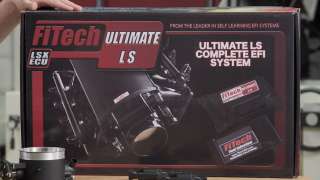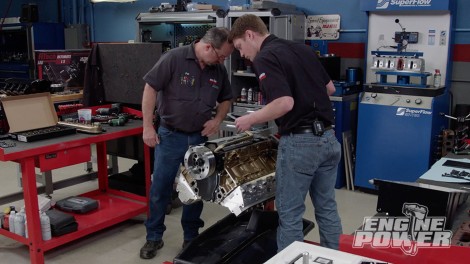
Building A Naturally Aspirated 6.0L LS Iron Block
We build up a naturally aspirated 6.0 liter LS iron block engine for both track and street duty.
Season 8
Episode 11
Hosts: Pat Topolinski, Frankie Forman
First Air Date: June 2, 2021
Duration: 21 minutes 35 seconds




